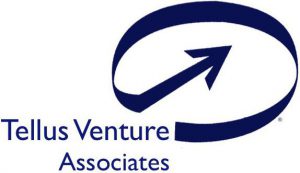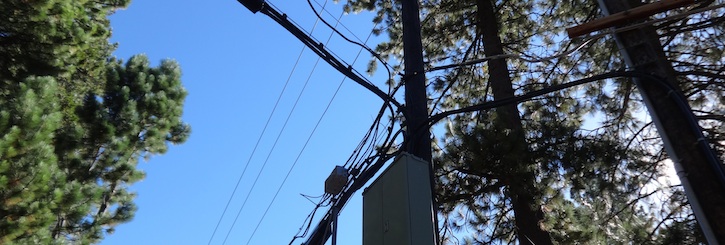There's a point to fast broadband, even when it goes nowhere

Isolated communities – particularly Indian tribes – are experimenting with microgrids that distribute locally generated, renewable electricity to a small number of homes (h/t to Pat Kennedy for the pointer). Can the same logic be applied to community broadband networks in rural areas? Not really, but thinking it through leads to some interesting ideas.
The difference between electricity and broadband is that broadband is necessarily networked and electricity is not. But local storage can substitute for long-haul bandwidth, up to a point – the Tivo model.… More

![Rico Shen [GFDL (https://www.gnu.org/copyleft/fdl.html), CC-BY-SA-3.0 (https://creativecommons.org/licenses/by-sa/3.0/) or CC-BY-SA-2.5-tw (https://creativecommons.org/licenses/by-sa/2.5/tw/deed.en)], via Wikimedia Commons](https://www.tellusventure.com/blog/images/2014/9/mobile_phone_brick.jpg)
![By 007events (Own work) [CC BY-SA 4.0 (https://creativecommons.org/licenses/by-sa/4.0)], via Wikimedia Commons](https://www.tellusventure.com/blog/images/2014/12/naughty.jpg)


![By Unknown or not provided (U.S. National Archives and Records Administration) [Public domain], via Wikimedia Commons](https://www.tellusventure.com/blog/images/2014/12/public_housing_old_style.jpg)

![By Unknown photographer; ; Imaging by Gwillhickers [Public domain], via Wikimedia Commons](https://www.tellusventure.com/blog/images/2014/12/post_wagon.jpg)

![By Doc Searls (Flickr: 2012_11_23_sjc-iah-bos179) [CC-BY-2.0 (https://creativecommons.org/licenses/by/2.0)], via Wikimedia Commons](https://www.tellusventure.com/blog/images/2014/12/helendale.jpg)